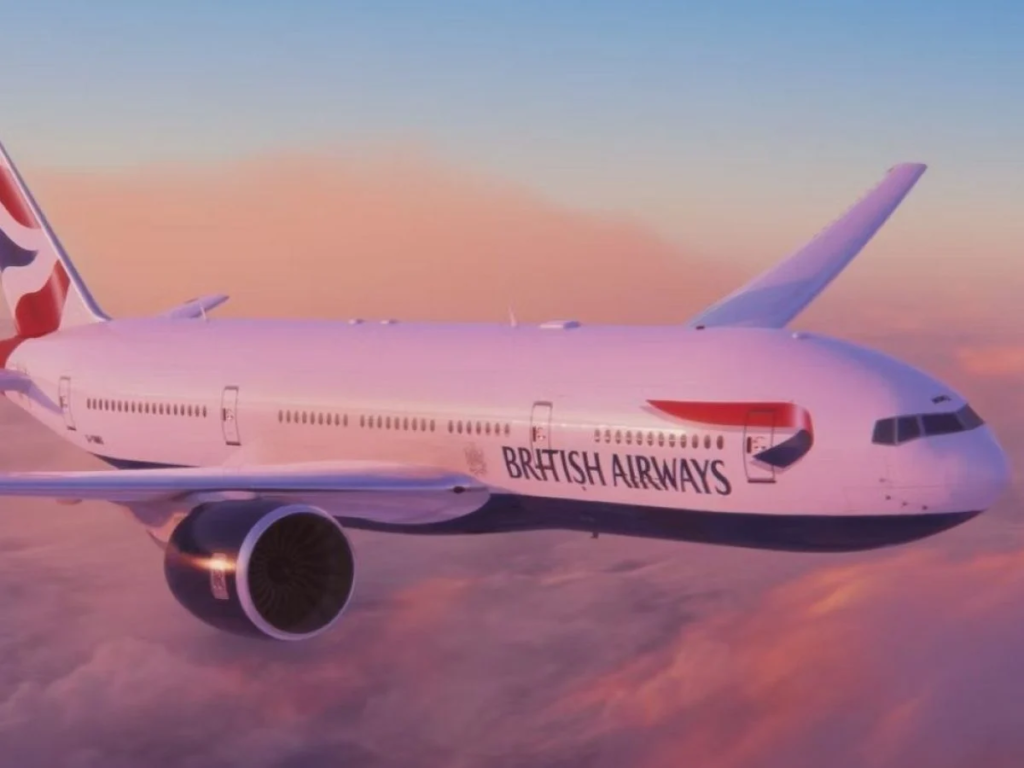Introduction
While flying is one of the safest modes of transportation, even the smallest error in the cockpit can lead to catastrophic outcomes. Among the most bizarre and terrifying incidents is the case where a pilot confused left and right, causing a plane to catch fire. This blog explores that event and four other shocking pilot mistakes that underscore the importance of precision, training, and clear communication in aviation.



1. The Left-Right Confusion That Ignited a Fire
In a startling incident, a commercial airline experienced a mid-taxiway fire after the pilot mistook left for right during a crucial engine test. Instead of throttling the correct engine, the pilot powered up the wrong side, causing an imbalance that overheated internal components and led to a fire. Thankfully, ground crew intervened quickly, and no passengers were injured. However, the event revealed critical lapses in spatial awareness training.
2. Air France Flight 447 – Misinterpreting Instruments
In 2009, Air France Flight 447 crashed into the Atlantic due to pilot misinterpretation of faulty instrument readings. The autopilot disengaged after the pitot tubes iced over, and the pilots unknowingly stalled the aircraft. The tragedy, which claimed 228 lives, emphasized the importance of manual flying skills and situational awareness.
3. Eastern Air Lines Flight 401 – Distraction Over a Lightbulb
In 1972, an entire cockpit crew became distracted by a burnt-out landing gear indicator light. Unnoticed, the autopilot was inadvertently disengaged, and the plane gradually lost altitude, crashing into the Florida Everglades. This case is widely cited in Crew Resource Management (CRM) training today.
4. LAX Runway Disaster – Miscommunication and Inattention
In 1991, a US Airways jet taxied onto an active runway at LAX without clearance. A SkyWest commuter plane, cleared for takeoff on the same runway, collided with it, killing all 34 onboard the smaller aircraft. Investigations revealed a combination of pilot inattention and air traffic control confusion.
5. Boeing 737 MAX – Automation Overtrust
The Boeing 737 MAX tragedies in 2018 and 2019, involving Lion Air and Ethiopian Airlines, highlighted how overreliance on automated systems like MCAS (Maneuvering Characteristics Augmentation System) can lead to disaster. In both cases, the system repeatedly forced the nose of the plane down based on faulty data, and pilots struggled to regain control.
Conclusion
From confusing directions to overreliance on instruments, these incidents remind us that human error remains a leading cause of aviation accidents. Whether due to disorientation, distraction, or technical misunderstanding, the consequences can be devastating. Modern pilot training must continue evolving to account for both human limitations and technological complexity.
Looking for more insights on air safety? Check out our guide on how modern protocols are improving aviation safety.










I have observed that over the course of building a relationship with real estate owners, you’ll be able to get them to understand that, in every single real estate deal, a commission amount is paid. Eventually, FSBO sellers do not “save” the commission payment. Rather, they fight to win the commission simply by doing a great agent’s occupation. In completing this task, they expend their money as well as time to perform, as best they’re able to, the tasks of an adviser. Those responsibilities include exposing the home by means of marketing, offering the home to buyers, constructing a sense of buyer emergency in order to trigger an offer, organizing home inspections, taking on qualification checks with the bank, supervising repairs, and facilitating the closing of the deal.